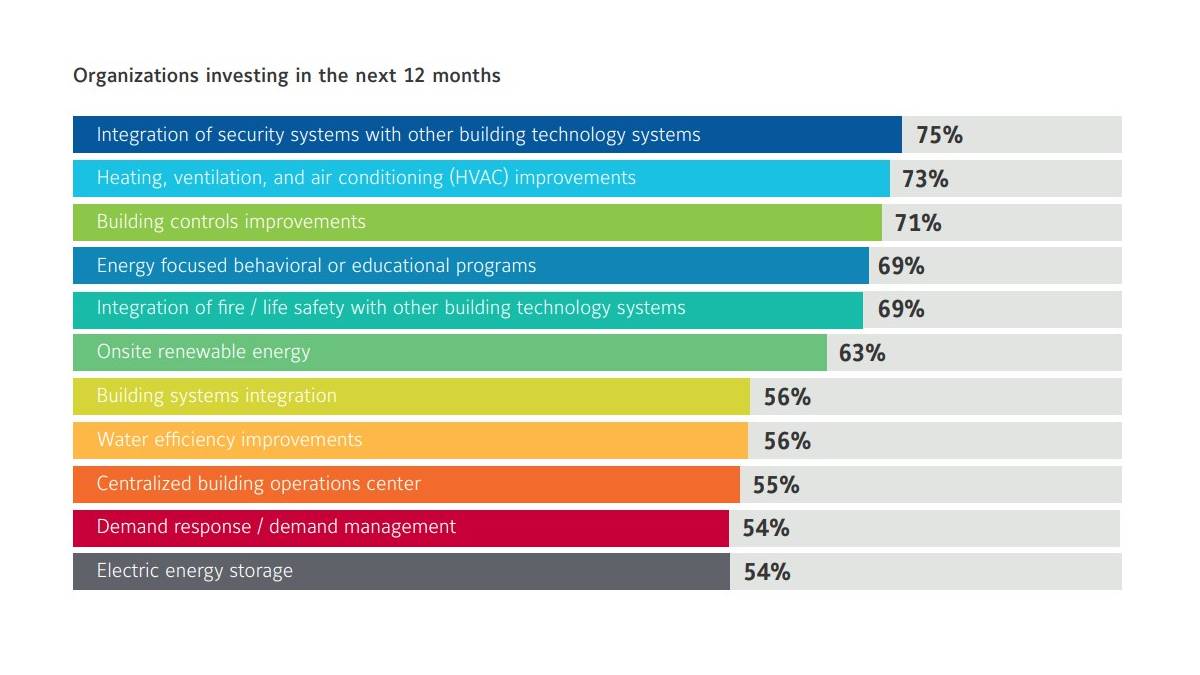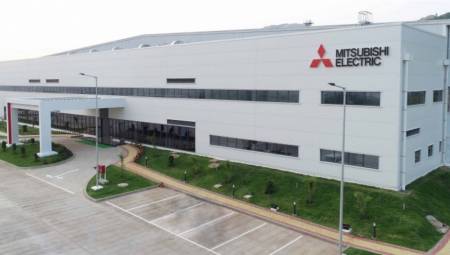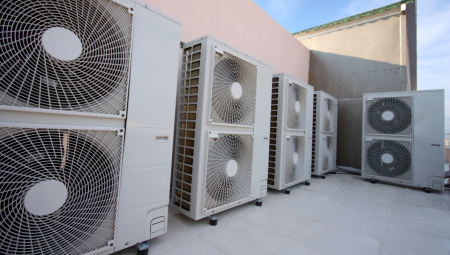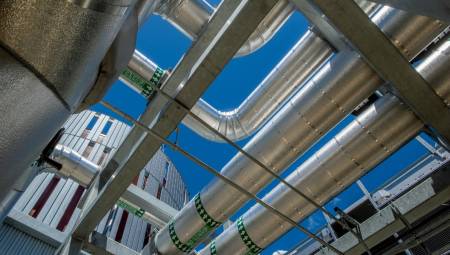 International. Johnson Controls released the findings of its annual Energy Efficiency Indicator survey, which found that more than half of organizations plan to increase investment in energy efficiency, renewable energy and smart building technology next year, comparable to investment trends after the 2010 recession.
International. Johnson Controls released the findings of its annual Energy Efficiency Indicator survey, which found that more than half of organizations plan to increase investment in energy efficiency, renewable energy and smart building technology next year, comparable to investment trends after the 2010 recession.
Of the factors that determine investment, the majority (85 percent) said reducing energy costs was a very or extremely important investment factor and more than three-quarters (76 percent) believe that protecting the health and safety of occupants during emergencies was a very important factor or an extremely important investment driver.
"The Covid-19 pandemic has highlighted the need to improve the health and safety of buildings, in particular by increasing their ability to operate in different conditions, both planned and unforeseen," said Clay Nesler, vice president of global energy and sustainability at Johnson Controls. "Although the pandemic has altered the way people invest in their buildings, occupant health and energy efficiency remain paramount and we anticipate these investments will be a priority in 2021 as more people return to shared spaces."
Despite the reduced occupancy, the study found that facility energy use declined surprisingly little during the pandemic, with less than 10 percent of facilities reducing energy use by more than 20 percent.
Investments in air quality and flexibility
As the world learns more about the spread of Covid-19 through aerosol transmission, indoor air quality has become one of the most pressing issues for facility managers to address. The survey found that 79 percent already have or plan to increase air filtration, three-quarters already have or plan to install an air treatment system, and 72 percent already have or plan to increase outdoor air ventilation rates.
The majority of respondents, 81 percent, said increasing the flexibility of facilities to respond quickly to a variety of emergency conditions was a very or extremely important investment factor.
In addition, in an increasingly digital world, system integration has become more important than ever. Three-quarters (75 percent) of respondents' organizations have invested in integrating security systems with other building technology systems, a 36 percent increase over the 2019 study. And a third of respondents (33 percent) plan to invest in integrating building technology systems with distributed energy resources next year, a 15 percent increase from 2020.
"Digital offerings that integrate multiple systems are a priority more than ever for organizations evaluating their investment plans for 2021," said Michael Ellis, executive vice president and chief customer officer and chief digital officer, Johnson Controls. "We take note of this trend, which is why we invest in our comprehensive OpenBlue offerings and continue to expand those with partners to meet their increasingly interconnected needs around energy efficiency, sustainability, digitalization and occupant health."
The integration of new technology remains an issue, with 79 percent of respondents noting that data analytics and machine learning will have an extremely or very significant impact on buildings, up five percent from last year's study.
Increased interest in net-zero energy buildings
The study found a growing interest in net-zero energy buildings and resilience, with 70 percent of organizations very or extremely likely to have one or more facilities with near-zero, net zero or positive energy or carbon status over the next ten years — up seven percent from 2019.
In addition, it is very likely or extremely likely that two-thirds of organizations will have one or more facilities capable of operating off-grid in the next ten years, a three percent increase over 2019.In addition, 63 percent of organizations invested in on-site renewable energy in 2020, a 22 percent increase in organizations that said they planned to do so in the 2019 study.
Improvements in financing facilities
The 2020 survey found that funding for facility improvements increasingly came from domestic capital budgets (71 percent), energy services agreements (24 percent), and economic stimulus and recovery funds (20 percent).
The full report can be viewed by clicking here.














